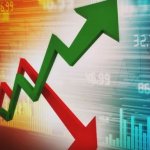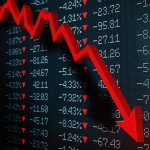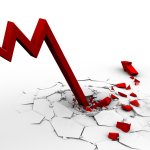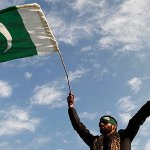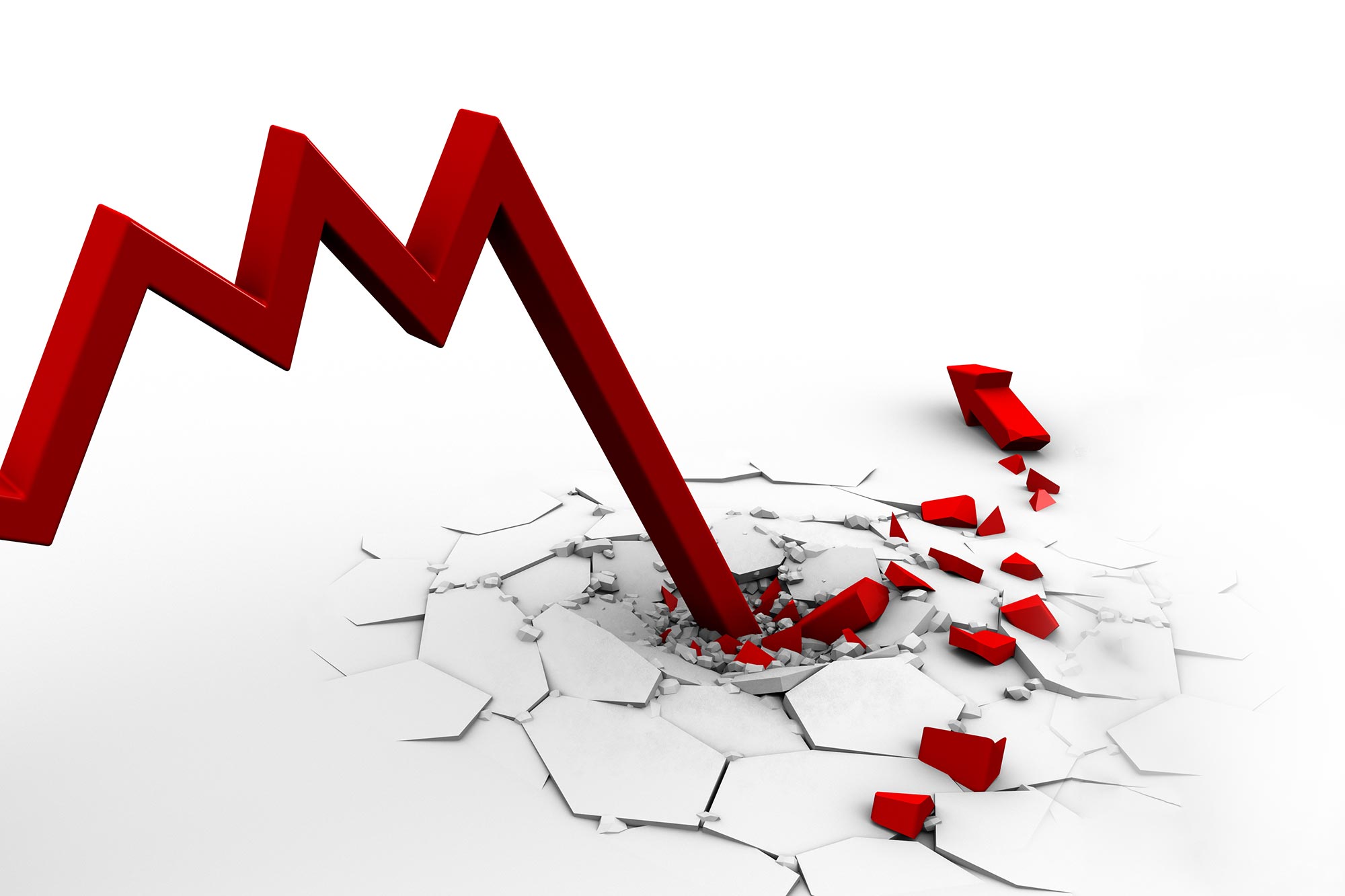
Pakistan’s economy is ranked 153rd in terms of economic freedom in the 2022 Index with a score of 48.8. In the Asia-Pacific area, Pakistan is placed 34th out of 39 nations, and its overall rating is worse than both the average for the region and the entire world.
But why
Pakistan’s GDP reduced in 2019 and is expected to further decline in 2020. In 2021, growth picked back up. Anemic economic freedom that has been waning for five years has gotten far worse. Pakistan has experienced a 4.0-point total loss in economic freedom since 2017 and has moved from the “Mostly Unfree” category to the “Repressed” category as a result of reductions in scores for business freedom, fiscal soundness, and rule of law.
Pakistan can come back from this
A 2018 election saw the Pakistan Tehreek-e-Insaf (PTI) party do well thanks to pledges for new home construction, jobs, and economic improvements. There is still a lot of tension between Pakistan and India. Political and societal unrest impede economic progress. The majority of export revenues come from textiles and clothing, although a sizable portion of the economy is informal, and underemployment is still widespread. In order to support the China-Pakistan Economic Corridor (CPEC) projects, which have encountered substantial difficulties and come under fire, China has committed more than $60 billion in infrastructure and energy investments.
Economic downturn cycle
Former Pakistani ambassador to the United States Husain Haqqani stated that Pakistan’s economic dysfunction stems from long-standing structural issues. “The common explanation for Pakistan’s relatively poor economic performance is that the country’s riches are routinely plundered by corrupt politicians and bureaucrats, making it appear poorer than it is,” Haqqani said. However, he stated that Pakistan’s economic problems go beyond corruption.
Possibilities
Pakistan has an advantage in one area: its youth. Pakistan must develop in accordance with global trends.
There are numerous opportunities in technology and media science that they can teach their students to develop in accordance with the world in which they live. Universities such as the University of South Asia, the University of Central Punjab, and UMT can take advantage of such opportunities.
However, some of these universities are prohibitively expensive for the majority of Pakistani students; however, the University of South Asia provides 90% scholarships to their students in order for them to have a better future.
The 1970s

The Financial services, manufacturing, and transportation in the early 1970s. After the 1970’s they were not given a proper budget for the development which caused the progress to slow down. More changes were made in the 1980s, during the military regime of Zia ul-Haq. In particular, an “Islamic” economy was introduced, which prohibited Sharah (Muslim law) practices such as charging interest on loans (rib) and mandated traditional religious practices such as zakat (tithe) and ushr (land tax).
At the same time
The Population growth has been relentless, resulting in slow growth in output per capita despite real economic growth. However, Pakistan’s slow growth in per capita income has not coincided with a high incidence of absolute poverty, which has been significantly lower in Pakistan than in other South Asian countries. Nonetheless, a sizable proportion of the population is impoverished, and the relative prosperity of the industrialized regions surrounding Karachi and Lahore contrasts sharply with the poverty of Punjab’s Barany areas, semiarid Baluchistan, and Khyber Pakhtunkhwa.
